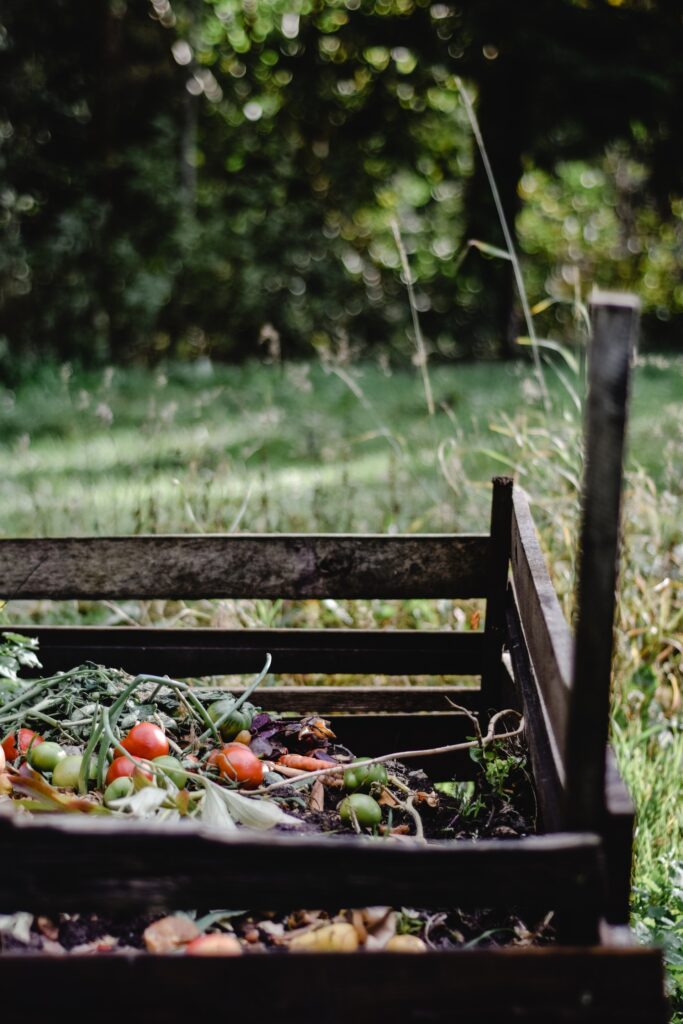Last week, we took a look at the benefits of composting. Now, let’s look at how to start composting at home.
There are 5 basic steps to remember:
1. Location
Before beginning, think about where the compost will be located. Choosing the location for the compost is relative to how much space is available.
Some people will have available outdoor spaces that can be used. Others will find they need to use alternate methods and create an indoor compost.
Both locations are fine, just be sure to do some research about what each space requires and the various methods to compost!
2. Select the Scraps
Before adding things to the compost, be sure to do some research. Things like fruits, vegetables, tea bags, or human hair are great for compost, but there are plenty of things that should not be added.
For more information on what not to add, check out this post.
3. Choose a Container
According to NPR, scraps from the kitchen should be part of a deliberate process to help decomposition go faster. To layer them properly means storing them for some time.
These scraps do not need to be stored in a fancy store-bought container. Rather, something as simple as a milk carton could suffice.
Scraps can also be stored in the fridge or freezer to help prevent odors and insects.
4. Make the Mix
When layering, remember the main ingredients, “the browns and the greens.”
NPR explains that the “browns” are typically dry materials rich in carbon. Because these are dry materials, there should be more browns in the compost mix than “greens,” which are typically wet. This will help absorb the excess water and allow for aeration.
To layer properly, the browns should be kept on the bottom of the pile, allowing the greens to be placed on top. Repeat this alteration until the space is full or there are no more scraps available.

5. Air it Out
Finally, it is time to wait. The compost will start decomposition at varying lengths depending on the temperature.
Regardless, it is important to keep the pile aerated. To help the air properly flow, be sure to turn the pile once every 7-10 days. Typically, the more compost there is, the faster the process will be.
However, be wary. If your compost starts to smell bad, it is probably not decomposing. Rather, the pile may be too wet or be proportioned incorrectly.
Composting can be a difficult thing to master, and oftentimes different environments require different methods. Don’t be afraid to make some changes to see what works best.
For those looking to compost, but not wanting to take on the challenge of creating a compost site at home, see if there are any composting sites nearby. Many sites offer various services– both drop-off and pickup — to give their subscribers more flexibility.
Looking for more ways to enhance your gardening skills and experience? We are here to help! Senior Security Alliance USA provides weekly tips, tricks, and information to help your garden flourish. Be sure to follow us on Facebook and Twitter to stay up to date.
